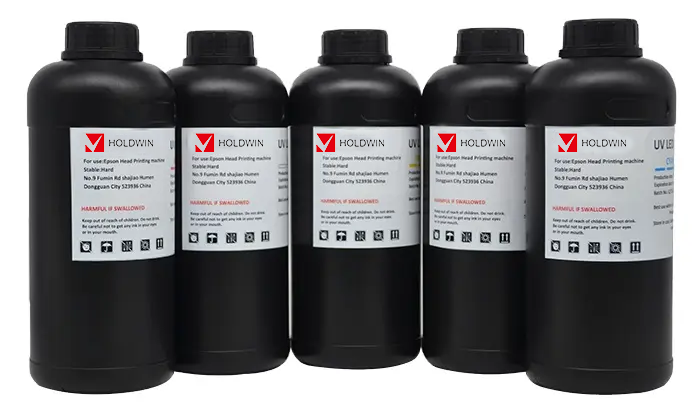
In today’s rapidly evolving textile industry, effective supply chain management (SCM) is crucial for digital printing companies to maintain competitiveness and meet consumer demands. The digital printing sector, characterized by its need for agility and responsiveness, presents unique challenges that require innovative solutions. This article explores strategies for optimizing supply chain management within the digital printing landscape, emphasizing the role of technology, collaboration, and sustainability.
The digital printing supply chain comprises various interconnected components, including raw material sourcing, production processes, inventory management, and distribution channels. Each segment plays a pivotal role in determining overall efficiency and responsiveness. Digital printing businesses must be agile, given the quick turnaround times expected by customers. Implementing a robust SCM framework can streamline operations, reduce costs, and enhance customer satisfaction.
1. Raw Material Sourcing: Digital printing relies on a variety of materials, including inks, fabrics, and substrates. Establishing strong relationships with suppliers can help ensure timely deliveries and quality materials. Companies like HOLDWIN leverage local and global networks to source the best materials while minimizing lead times.
2. Production Processes: Digital printing technology has transformed the production landscape. Technologies such as direct-to-garment (DTG), dye-sublimation, and heat transfer printing offer versatility and speed. Integrating these technologies with advanced production scheduling systems can optimize workflows, reducing waste and improving throughput.
3. Inventory Management: Effective inventory management is essential for minimizing holding costs and ensuring that production can proceed without delays. Implementing just-in-time (JIT) inventory systems can help businesses maintain optimal stock levels and reduce excess inventory.
The role of technology in optimizing supply chain management cannot be overstated. Digital tools, such as enterprise resource planning (ERP) systems and supply chain management software, can provide real-time insights into inventory levels, order statuses, and production schedules.

Effective collaboration among all stakeholders is critical for optimizing the supply chain. Establishing open lines of communication between suppliers, manufacturers, and customers can facilitate better decision-making and foster a culture of continuous improvement.
Sustainability is becoming an essential consideration for modern supply chains, particularly in the textile industry, which is often criticized for its environmental impact. Digital printing offers unique opportunities for sustainable practices, such as reducing waste through on-demand production and minimizing the use of harmful chemicals.

Optimizing supply chain management in digital printing is not just about reducing costs; it’s about enhancing agility, improving quality, and meeting the evolving demands of customers. By leveraging technology, fostering collaboration, and embracing sustainability, digital printing companies can create a resilient supply chain that supports innovation and growth. At HOLDWIN, we are committed to becoming a world-renowned brand in digital printing, focusing on quick product development and personalized solutions that meet the diverse needs of our clients.
Working with HOLDWIN has transformed our production process. Their commitment to innovation and quality has streamlined our supply chain, allowing us to respond to customer demands faster than ever before. The personalized solutions they’ve provided have been invaluable to our business.

Zhiyu is passionate about good products, good services, and good prices to let consumers know that choosing us is the right choice! For partners and end customers, we will provide one-on-one considerate smart services and provide you with more high-quality procurement solutions.